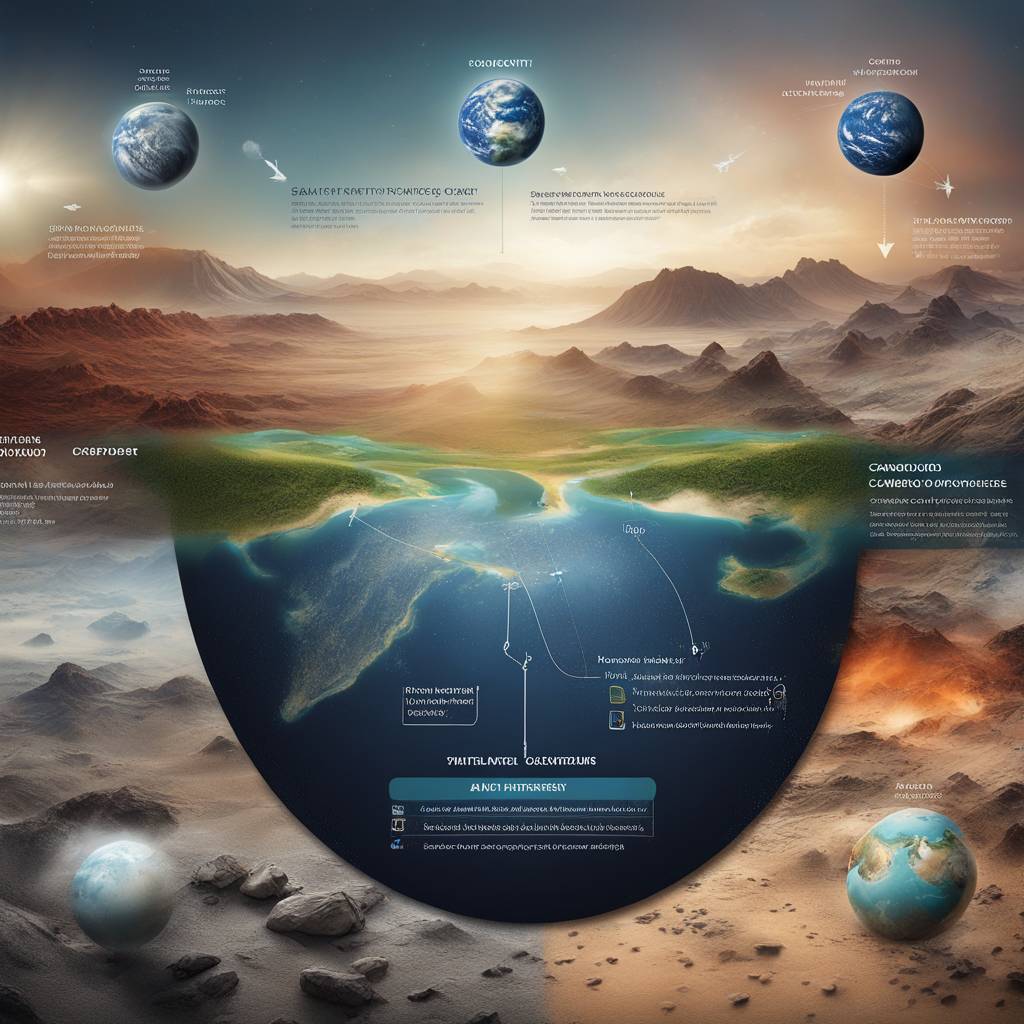Research published in Nature Geoscience has provided new insights into the evolution of oxygen, carbon, and other vital elements on Earth over its entire history. The study, led by a researcher at the University of Bristol, has shed light on how carbon-rich rocks have played a key role in accelerating oxygen production and release into the atmosphere. This discovery could have implications for understanding the development of life on other planets.
The study suggests that as carbon dioxide is emitted by volcanoes, it enters the ocean and forms rocks such as limestone. Over time, these rocks can build up and release their carbon during tectonic processes like mountain building and metamorphism. By using a sophisticated computer model, scientists were able to accurately chart changes in the carbon, nutrient, and oxygen cycles over the course of Earth’s 4 billion year history.
Lead author Dr. Lewis Alcott, a biogeochemist at the University of Bristol, explained that the breakthrough in understanding oxygen production is significant because it could help scientists determine the potential for intelligent, oxygen-breathing life on other planets. Previous theories on the rise of oxygen concentrations in Earth’s atmosphere have been conflicting, but this new research offers a clearer explanation.
The study indicates that older planets, like Earth, may have a better chance of accumulating enough carbon-rich deposits in their crust to facilitate rapid recycling of carbon and nutrients needed for life. As the crust gradually becomes enriched with carbon, the recycling rates of carbon and minerals increase, leading to faster oxygen production over time. This cycle of carbon enrichment and recycling has been crucial in shaping Earth’s history.
The findings from this research could pave the way for future studies on the interrelationships between planetary temperature, oxygen levels, and nutrient cycling. Co-author Prof. Benjamin Mills of the University of Leeds highlighted the potential for using information about distant stars and their orbiting planets to predict potential chemistry. Advances in telescope technology may soon allow scientists to confirm these predictions and expand our understanding of planetary evolution.
Overall, this research represents a significant step forward in our understanding of the processes that have shaped Earth’s atmosphere and the development of life on our planet. By unraveling the complexities of carbon recycling and oxygen production, scientists may be able to apply these insights to other planets and assess their potential for supporting life. This study highlights the importance of interdisciplinary research in unlocking the secrets of Earth’s history and the possibilities for life beyond our own planet.













